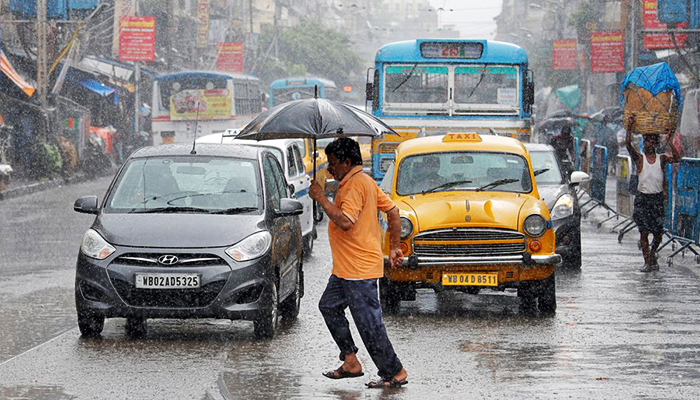India likely to get average monsoon rains in 2022
Forecast raises prospects of higher farm and general growth in Asia's third-biggest economy

- Forecast raises prospects of higher farm and general growth in India.
- Rains are expected to be 99% of the long-term average this year.
- Nearly half of India's farmland gets no irrigation and is dependent on annual rains.
MUMBAI: India is likely to receive normal monsoon rains this year, the state-run weather office said on Thursday, raising prospects of higher farm and general growth in Asia's third-biggest economy.
The rains, which usually lash the southern tip of Kerala state around June 1 and retreat by September, are expected to be 99% of the long-term average this year, the India Meteorological Department said in a statement.
New Delhi defines average, or normal, rainfall as ranging between 96% and 104% of a 50-year average of 87 cm (35 inches)for the four-month season beginning in June.
"The encouraging forecast of a normal monsoon in 2022, coupled with healthy reservoir levels in all regions, augurs well for a timely onset of summer crop sowing," said Aditi Nayar, chief economist at rating agency ICRA, the Indian arm of Moody's.
The monsoon is crucial for the $2.7-trillion economy, as it brings nearly 75% of the rain needed by farms, besides replenishing reservoirs and aquifers.
Nearly half of India's farmland gets no irrigation and is dependent on the annual rains from June to September. Farming accounts for nearly 15% of the economy but sustains more than half of a population of 1.3 billion.
Key cotton, soybean and sugarcane growing regions in northern parts of peninsular India, central India, the foothills of the Himalayas and some northwestern areas are likely to get normal to above normal seasonal rainfall, the IMD said.
Tea, rubber and rice-growing regions in northeast India and southern parts of the peninsula could receive rainfall that is below normal, it added.
India is the world's biggest producer of cotton and pulses and the second-biggest producer of sugar, wheat and rice. It is also the world's biggest importer of edible oils such as palm and soy.
A normal monsoon will help India maintain rice exports and cut imports of edible oil in the next season, a Mumbai-based dealer with a global trading firm said.